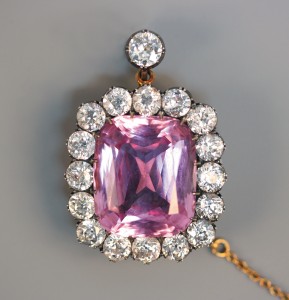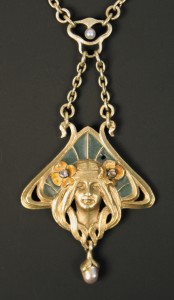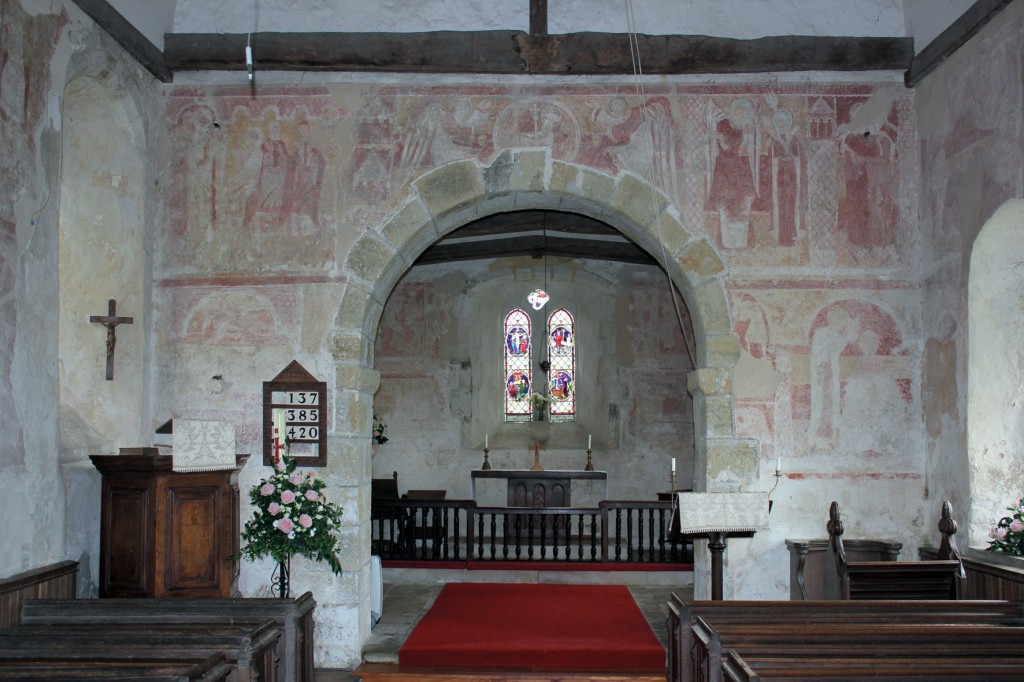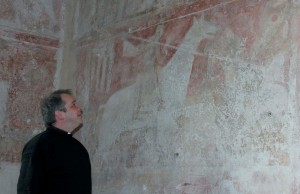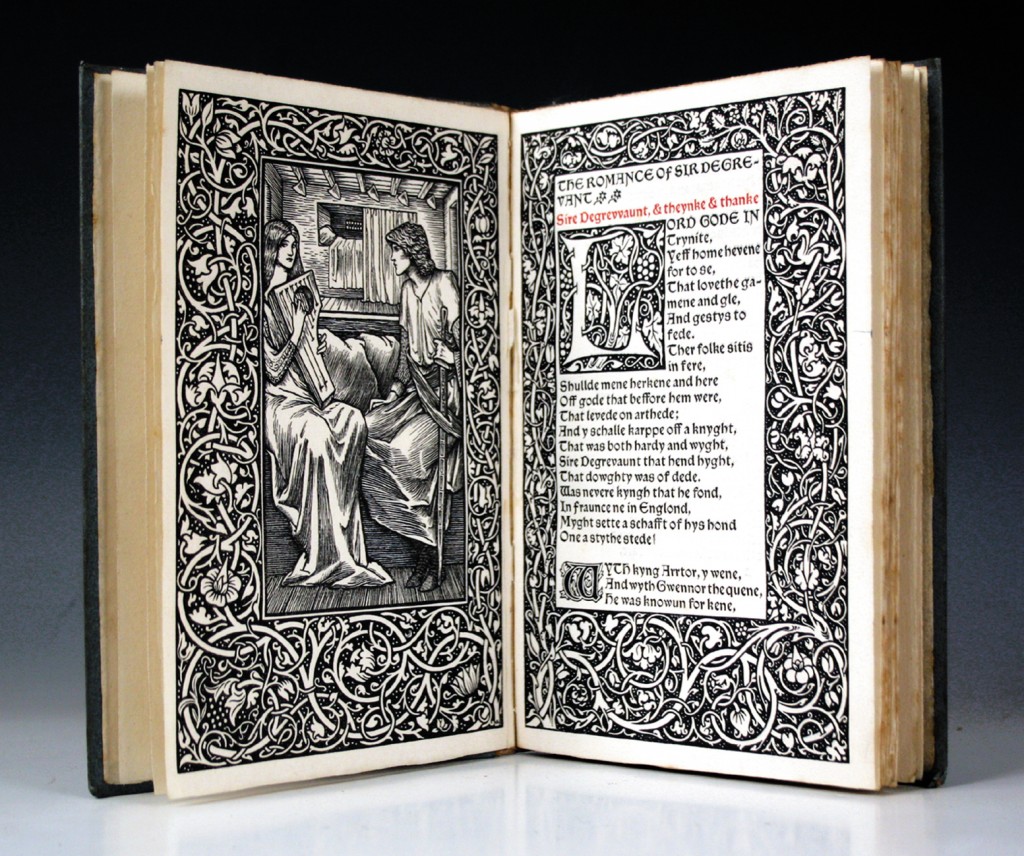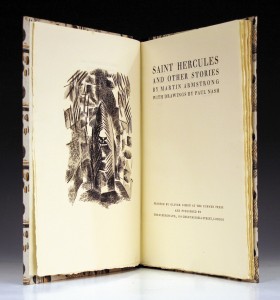
The monies are now in and Toovey’s Special Interest NADFAS Day in aid of the Mary How Trust has realised £780.
For the second year, fine art auctioneers Toovey’s, on the A24 at Washington, teamed up with the Storrington Branch of the National Association of Decorative and Fine Arts Society (NADFAS) in March to raise money for the local charity Mary How Trust. Rupert and Nicholas Toovey put on a series of lectures on Sussex as a centre for Modern British Art in the 20th century and collecting vintage postcards. The day also included lunch, a private view of the forthcoming auction and a valuation session of objects brought by the NADFAS members. NADFAS event organizer Chris Winter commented, “This event was oversubscribed last year, so Rupert kindly offered to run it again this year.”
The Mary How Trust, based at Pulborough, was set up in memory of Mary How by her husband and doctor in response to her battle with cancer. Today the charity screens around a thousand people a year, saving countless lives. Rupert Toovey, director of Toovey’s, said, “I am proud to be a patron of the Mary How Trust. The work its dedicated team does saves countless lives. It receives no funding from the NHS, though, so it is terribly important that we give generously to this exceptional local charity, especially in its Silver Jubilee year. I would like to thank the members of the Storrington NADFAS for their generous help.” The talks and lunch were given free of charge by Toovey’s so that all the proceeds could go to the Mary How Trust. Chris Winter concluded, “I would like to thank Rupert, Nicholas and all the team at Toovey’s for a memorable day.”
For more information on the Mary How Trust and how you might get involved, visit www.maryhowtrust.org
